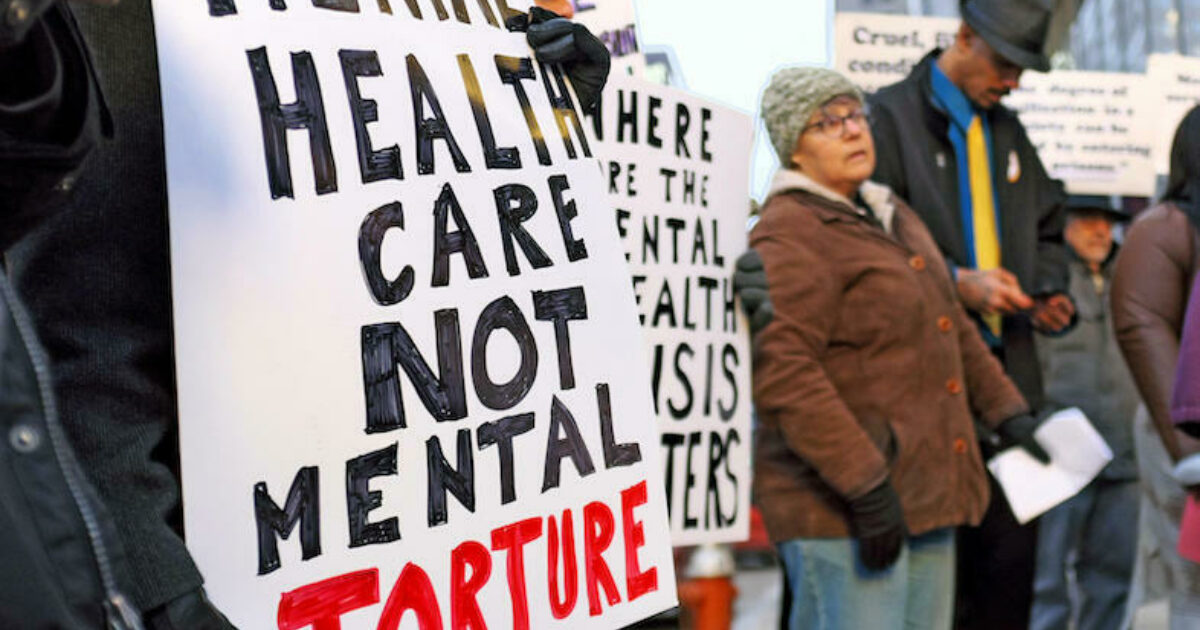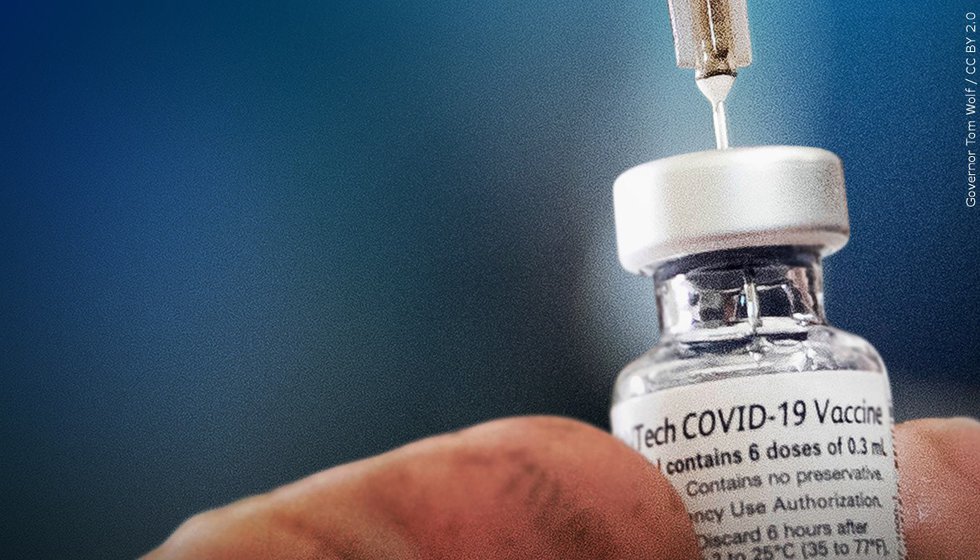[ad_1]

Dashawn Carter, a 25-year-old from Staten Island, missed
nearly 100 medical appointments while he was detained on Rikers Island—mostly because corrections officers failed to escort him to the clinic. He struggled to access the mental health medication he needed and was effectively left to fend for himself. Carter died by suicide in his cell on May 7, 2022. He had been detained in general population despite an extensive history of mental illness and a psychiatric hospital stay just two days prior to his death.
“He had no support system,” Carter’s high school friend Ray Robinson told The City. “He just had to really rely on himself and those close to him.”
This kind of negligence is all too common and a direct consequence of the criminal legal system often acting as the principal intervention point for people’s mental health needs. In the United States, people with serious mental health conditions are more likely to have contact with law enforcement than receive any form of treatment. Additionally, ten times more people are held in jails and prisons than in state hospitals—a number is rooted partially in divestment, with the number of state hospital beds shrinking by 94 percent since the 1950s. State hospitals themselves were often punitive, and in the 1960s Congress passed a law to replace them with community mental health centers. But few of those centers were ever built, and governments have failed to put money into programs like crisis response teams or treatment options. Instead, funds have flowed into jail and prison systems, which are now the largest providers of mental health care in the country.
But jails and prisons are fundamentally not therapeutic environments, and they are woefully ill-equipped to provide these services. About three in five people with a history of mental health conditions do not receive treatment while incarcerated. They are also more likely to face discipline and spend three times
longer in solitary confinement. The trauma of incarceration, compounded by a lack of adequate treatment and reentry resources, creates a revolving door in which people with mental health conditions are unable to stabilize their lives.
This is bad policy: mental health services accessed outside of jails and prisons are not only more effective but also more cost-efficient than incarceration. The failure to invest in treatment comes instead at a direct cost to people’s ability to live their lives, yet officials continue to pour more money into jail and prison systems totally unable to address underlying mental health needs. People with mental health needs are not a threat to public safety at all—in fact, they are more likely to be the victim of a crime than a perpetrator. Jailing people who need treatment is both unjust and destabilizing, subjecting them to the trauma of incarceration without adequate services. That is the true risk to public safety.
In Los Angeles and New York City, Vera is working to address the acute mental health crises in local jails. In both cities, meaningful investment in mental health services can build safety and lower jail populations.
Los Angeles: A successful program demands investment
Forty-one percent of people in the Los Angeles County jail system have mental health needs. That number is up 21 percent since 2020, part of a decade-long increase in the number of people with serious mental health conditions in county jails. The LA jail system is the single largest mental health institution in the United States, and the county spends $548 a day to incarcerate
people in mental health units despite a cost of just $207 a day to place them in community-based housing and treatment.
“By default, we have become the largest treatment facility in the country. And we’re a jail,” Tim Belavich, the director of mental health care for the Los Angeles County jail system, told WWLP. “I would say a jail facility is not the appropriate place to treat someone’s mental illness.”
But according to a study by the RAND Corporation, 61 percent of those jailed with mental health conditions could be safely diverted into existing alternatives to incarceration, like the Office of Diversion and Reentry (ODR) Housing program. Jail actually increases the likelihood of recidivism, ensnaring people with mental health needs in a vicious cycle of incarceration without ever providing them with treatment. Community-based diversion programs, on the other hand, build public safety and reduce rearrest
rates by meeting underlying needs. There is no public safety reason to continue to hold people in jail instead of ensuring they receive the treatment they need.
The ODR Housing program is remarkably effective. It offers permanent supportive housing and intensive clinical support to people with serious mental health needs accused of crimes in lieu of incarceration. The program’s model recognizes that the path to stability is not linear and treats housing as a key pillar of success. Even if a client has another interaction with the criminal legal system, ODR works to get them back into the program with the agreement of the prosecutor and judge. Some of the program’s most successful clients needed multiple chances to reengage. That sustained support ultimately addresses two of the most pressing issues in the county: homelessness and the revolving door of the criminal legal system. One study
found that 86 percent of participants had no new felony convictions after 12 months and 74 percent had stable housing after 12 months.
These promising results demand support. However, ODR is underfunded. Investing in 3,600 new mental health treatment beds, including for ODR Housing clients, would reduce the county’s reliance on jail and advance its goal to close Men’s Central. ODR’s success to date indicates that those new beds and services would reduce recidivism in Los Angeles by providing people with options that help stabilize their lives rather than jailing them when they need treatment. Los Angeles County’s Board of Supervisors is due to issue a supplemental budget this September, a key opportunity to invest in a program that can serve as a national model.
New York City: Shrinking the jail budget could build more supportive housing
Rikers Island is facing a mental health crisis. Fifty-three percent of the people held in the jail complex had a mental health diagnosis in FY 2021, up from 46 percent the year before. Instances of self-harm have skyrocketed as a result of the ongoing humanitarian crisis in New York City jails that killed 16 people in 2021 and has claimed 11 more lives already this year.
As in Los Angeles, treatment in New York City jails is flatly inadequate or nonexistent. Despite a $2.7 billion budget, the city’s Department of Correction (DOC) consistently fails to provide necessary medical care to people in its custody, with thousands of missed appointments every month leading directly to deaths. Earlier this month, a judge ruled that the city must pay more than $200,000 to people who missed appointments while in DOC custody.
People with mental health conditions are also subject to punitive treatment and longer stays in New York City jails. The average length of stay for the general population on Rikers Island is 222 days. People in DOC custody for 24 hours or more who receive mental health treatment, however, are held for an average of 357 days, or 61 percent longer.
The city has pushed to create new secure mental health units on Rikers. That solution is fundamentally inadequate, as jail settings are incompatible
with the treatment required to meet mental health needs. And despite a bloated budget, DOC has delayed
bringing even this deeply compromised solution online.
Rather than pouring money into programs that will continue to fail New Yorkers with mental health conditions, the city should instead invest in housing. New York spends an average of $556,539
per person annually to keep people locked up. In contrast, it costs
just $41,833 per person annually to provide supportive housing.
The city can and should invest in therapeutic services that enable people and communities to succeed and thrive at a fraction of the cost of incarceration. Mobile crisis response teams and crisis stabilization centers can provide alternatives to arrest. Supervised release, secure hospital beds, and semi-secure treatment programs can provide alternatives to detaining people on Rikers Island. And supportive housing can provide stability to people with mental health needs to avoid criminal legal system involvement and hospitalization in the first place.
Dashawn Carter should still be alive today. Commonsense investment that meets mental health needs in the community, rather than in jail, will build safer neighborhoods across the country and reduce our failed reliance on incarceration.
[ad_2]
Source link

